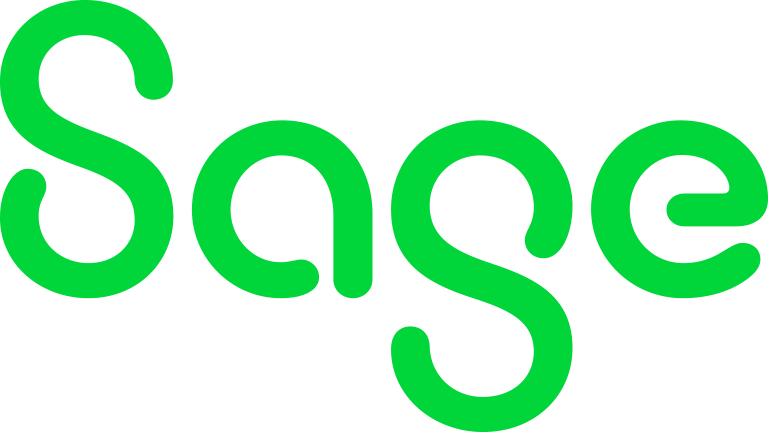We have customized Sage Intacct for many custom reports, and we have numerous custom fields through platform services. Since we are a group of many small and mid-sized companies operating in different industries, we have a large number of highly customized reports to suit their business requirements. We have more than 150 operating entities in our Sage Intacct instance, and we have created over 100 highly customized P&L and other reports within the system. It has been really flexible for us to create many custom reports as required by management and the corporate team.
Regarding the audit controls I mentioned, we have established a delegation of authorities for vendor setups. For example, if someone creates a vendor, another team approves it. The same applies to AP bills and customer setups. We have also implemented an approval methodology based on amounts for journal entries, where a certain level of person can approve up to a specific amount, and any amount above that requires a senior person to review and approve the journal entry.
We have not evaluated in-depth how much human effort has been reduced, but we have observed that with the same or even fewer team members, various accounting teams are emphasizing more on quality and spending more time on it instead of posting. This has been really helpful, and our audits are going smoothly, leading to fewer human errors in the system.
We have successfully integrated Sage Intacct with our payment merchant, and there have been no issues with that. User access and security management in Sage Intacct is strong, with all audits conducted by Grant Thornton, and we are satisfied with how these aspects are handled. Regarding pricing, it aligns with industry standards, but due to confidentiality, I cannot disclose specific figures, though we are using a considerable number of user accounts.
Sage Intacct is deployed in our organization as a private cloud solution, with our data hosted on Sage servers.
I do not see any direct link to how Sage Intacct supports our organization's growth or expansion plans now, but Sage Intacct has proven to be an efficient tool for all group entities across different industries. It enables us to conduct accounting from a single instance, allowing us to set up an environment where numbers from various industries are synchronized to meet the required quality level for corporate dashboard reporting.
In terms of multi-entity and multi-currency operations, we are effectively using Sage Intacct for these purposes, employing a multi-currency setup and utilizing exchange rates for our consolidation and foreign exchange conversion. Everything is functioning properly, with no questions raised by auditors regarding Sage Intacct exchange rates. Sage Intacct facilitates remote work seamlessly, enabling easy collaboration within my teams as it is a web-based tool, and we have encountered minimal challenges from a system perspective.
I advise others looking into using Sage Intacct to assess their requirements carefully, including what modules they want to use. Sage Intacct is a good tool, and I believe that anyone who chooses it without extensive evaluation will not regret their decision. Additionally, Sage Intacct is suited for the service industry, and from my perspective, it is quite a versatile tool that meets various reporting needs such as AP, AR, order entry, purchasing, real estate, and construction. I rated Sage Intacct 8.5 overall.
